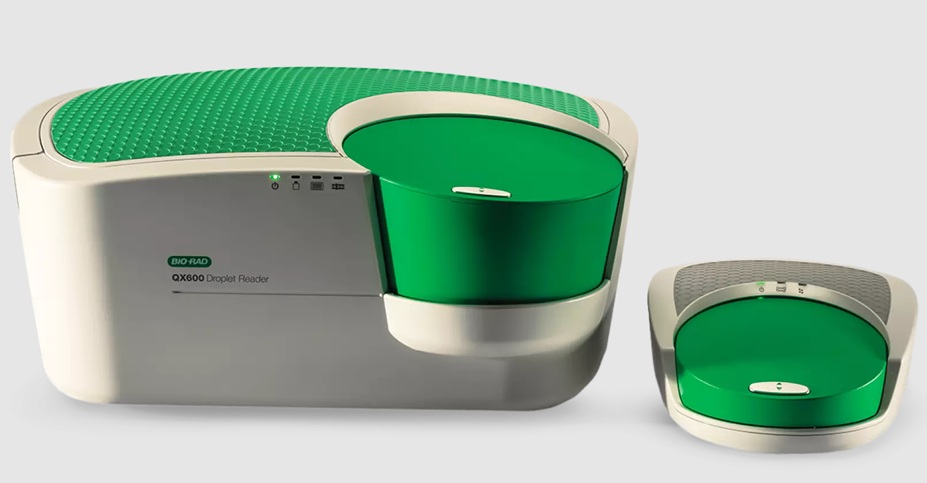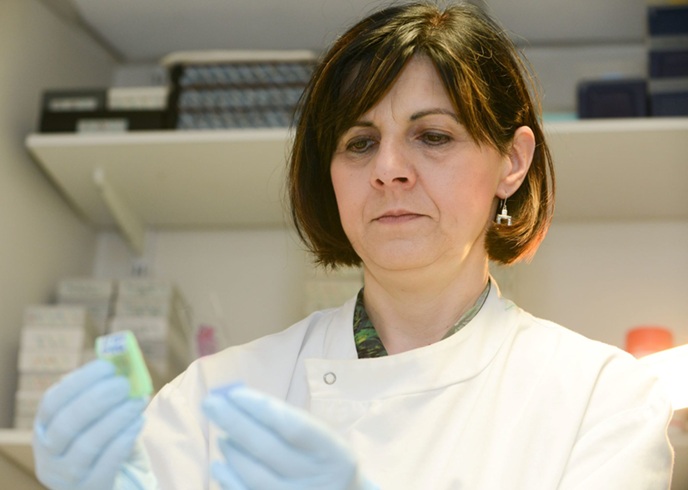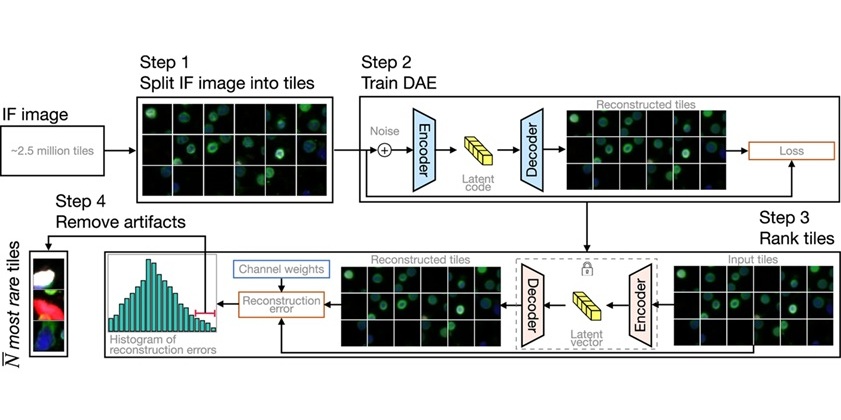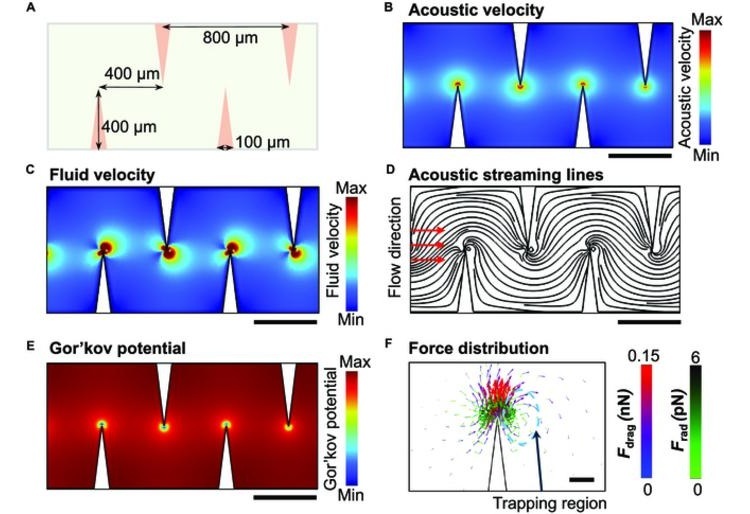Urine Testing Differentiates Glomerular from Tubulointerstitial Diseases on Kidney Biopsy
|
By LabMedica International staff writers Posted on 22 Apr 2022 |
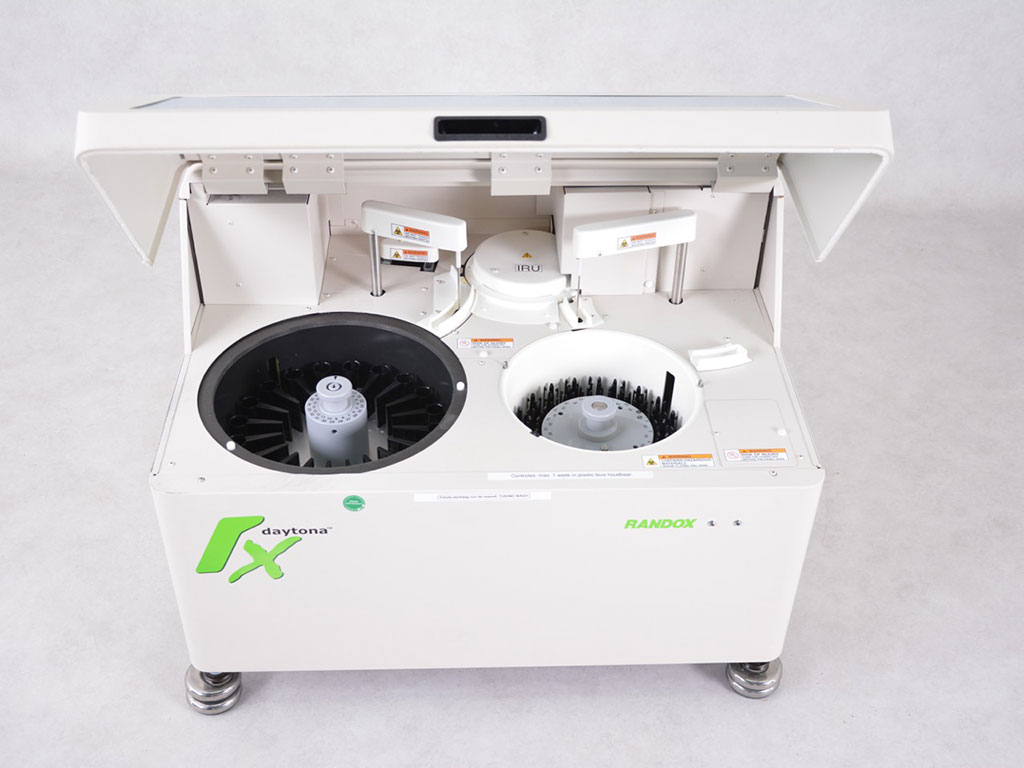
Histological examination of kidney biopsy tissue can help differentiate between glomerular and tubulointerstitial diseases, as well as differentiate between their underlying etiologies and subtypes.
Several clinical urine tests are available to differentiate between glomerular and tubulointerstitial diseases. Clinically available tests include urinalysis, urine sediment microscopy, and urine albumin, which can indicate glomerular damage via features such as urinary presence of isomorphic or dysmorphic red blood cells (RBCs) and casts, or presence of proteinuria or albuminuria.
Clinical Scientists at the Yale School of Medicine (New Haven, CT, USA) and their colleagues enrolled patients scheduled to undergo a clinically indicated kidney biopsy at two Yale-affiliated hospitals from January 2015 to June 2018. Urine samples were collected during the outpatient biopsy procedure visit or during inpatient hospitalization. The team performed urine dipstick analysis using Clinitek Status analyzer (Siemens Healthcare Diagnostics Inc., Tarrytown, NY, USA) which reported specific gravity, pH, protein, ketone, blood, and leukocyte levels on an ordinal scale.
The team also performed urine sediment microscopy (Laxco LMC4BF, Mill Creek, WA, USA) and took representative pictures at 10× and 40× magnification, which were analyzed and reported by a trained nephrologist on an ordinal scale including RBCs, RBC casts, dysmorphic RBCs, WBCs, WBC casts, renal tubular epithelial (RTE) cells, RTE casts, and granular casts. The investigators measured urine albumin and creatinine measurements using Randox RX Daytona machine (Crumlin, UK) and the other urine biomarkers using manufacturer-validated panels using the Mesoscale Discovery platform (Rockville, MD, USA).
The scientists reported that of the final 359 participants, 121 (34%) had a histological diagnosis of glomerular disease, 89 (25%) had tubulointerstitial disease, and 149 (42%) had mixed glomerular and tubulointerstitial disease. Compared to patients with tubulointerstitial diseases, those with glomerular diseases had more dipstick hematuria (3+ versus 1+) and urine albumin (1.25 versus 0.09 mg/mg). Patients with glomerular diseases had higher levels of tubular health biomarkers (Uromodulin, 1.22 versus 0.92). In a multivariable model, higher urine albumin, dipstick blood, and urine uromodulin were independently associated with higher odds of glomerular diseases (test set AUC, 0.81).
The authors conclude that urine tests, including urine albumin, dipstick blood, and urine uromodulin, was associated with the histological diagnosis of glomerular disease. These findings can help clinicians differentiate between glomerular and tubulointerstitial diseases and guide clinical decisions regarding a kidney biopsy. The study was published on April 11, 2022 in the journal Practical Laboratory Medicine.
Related Links:
Yale School of Medicine
Siemens Healthcare Diagnostics
Laxco
Randox
Mesoscale Discovery
Latest Clinical Chem. News
- VOCs Show Promise for Early Multi-Cancer Detection
- Portable Raman Spectroscopy Offers Cost-Effective Kidney Disease Diagnosis at POC
- Gold Nanoparticles to Improve Accuracy of Ovarian Cancer Diagnosis
- Simultaneous Cell Isolation Technology Improves Cancer Diagnostic Accuracy
- Simple Non-Invasive Hair-Based Test Could Speed ALS Diagnosis
- Paper Strip Saliva Test Detects Elevated Uric Acid Levels Without Blood Draws
- Prostate Cancer Markers Based on Chemical Make-Up of Calcifications to Speed Up Detection
- Breath Test Could Help Detect Blood Cancers
- ML-Powered Gas Sensors to Detect Pathogens and AMR at POC
- Saliva-Based Cancer Detection Technology Eliminates Need for Complex Sample Preparation
- Skin Swabs Could Detect Parkinson’s Years Before Symptoms Appear
- New Clinical Chemistry Analyzer Designed to Meet Growing Demands of Modern Labs

- New Reference Measurement Procedure Standardizes Nucleic Acid Amplification Test Results
- Pen-Like Tool Quickly and Non-Invasively Detects Opioids from Skin
- Simple Urine Test Could Detect Multiple Cancers at Early Stage
- Earwax Test Accurately Detects Parkinson’s by Identifying Odor Molecules
Channels
Molecular Diagnostics
view channel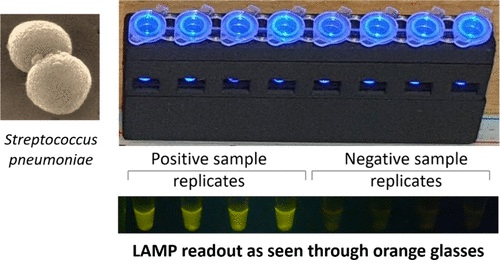
New Diagnostic Method Detects Pneumonia at POC in Low-Resource Settings
Pneumonia continues to be one of the leading causes of death in low- and middle-income countries, where limited access to advanced laboratory infrastructure hampers early and accurate diagnosis.... Read more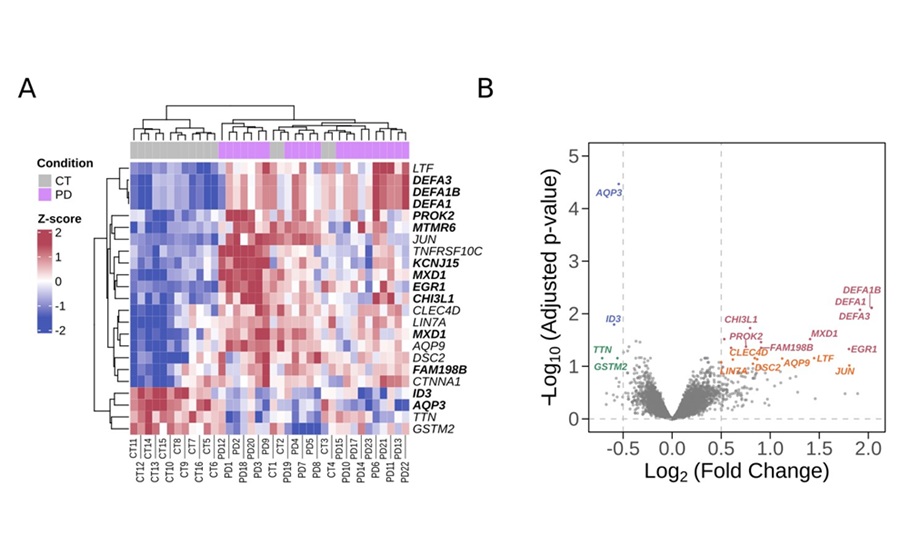
Blood Immune Cell Analysis Detects Parkinson’s Before Symptoms Appear
Early diagnosis of Parkinson’s disease remains one of the greatest challenges in neurology. The condition, which affects nearly 12 million people globally, is typically identified only after significant... Read moreHematology
view channel
ADLM’s New Coagulation Testing Guidance to Improve Care for Patients on Blood Thinners
Direct oral anticoagulants (DOACs) are one of the most common types of blood thinners. Patients take them to prevent a host of complications that could arise from blood clotting, including stroke, deep... Read more
Viscoelastic Testing Could Improve Treatment of Maternal Hemorrhage
Postpartum hemorrhage, severe bleeding after childbirth, remains one of the leading causes of maternal mortality worldwide, yet many of these deaths are preventable. Standard care can be hindered by delays... Read more
Pioneering Model Measures Radiation Exposure in Blood for Precise Cancer Treatments
Scientists have long focused on protecting organs near tumors during radiotherapy, but blood — a vital, circulating tissue — has largely been excluded from dose calculations. Each blood cell passing through... Read moreImmunology
view channel
Blood-Based Liquid Biopsy Model Analyzes Immunotherapy Effectiveness
Immunotherapy has revolutionized cancer care by harnessing the immune system to fight tumors, yet predicting who will benefit remains a major challenge. Many patients undergo costly and taxing treatment... Read more
Signature Genes Predict T-Cell Expansion in Cancer Immunotherapy
Modern cancer immunotherapies rely on the ability of CD8⁺ T cells to rapidly multiply within tumors, generating the immune force needed to eliminate cancer cells. However, the biological triggers behind... Read moreMicrobiology
view channel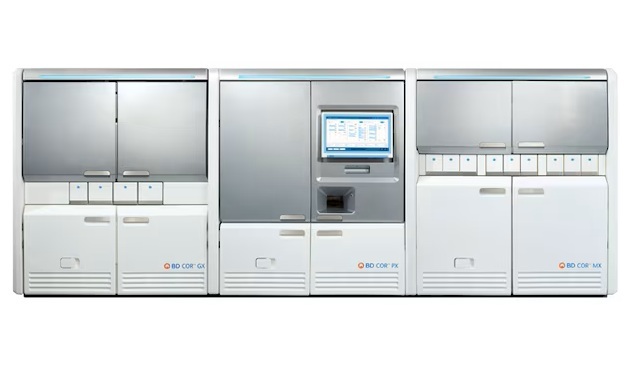
High-Throughput Enteric Panels Detect Multiple GI Bacterial Infections from Single Stool Swab Sample
Gastrointestinal (GI) infections are among the most common causes of illness worldwide, leading to over 1.7 million deaths annually and placing a heavy burden on healthcare systems. Conventional diagnostic... Read more
Fast Noninvasive Bedside Test Uses Sugar Fingerprint to Detect Fungal Infections
Candida bloodstream infections are a growing global health threat, causing an estimated 6 million cases and 3.8 million deaths annually. Hospitals are particularly vulnerable, as weakened patients after... Read morePathology
view channel
New Molecular Analysis Tool to Improve Disease Diagnosis
Accurately distinguishing between similar biomolecules such as proteins is vital for biomedical research and diagnostics, yet existing analytical tools often fail to detect subtle structural or compositional... Read more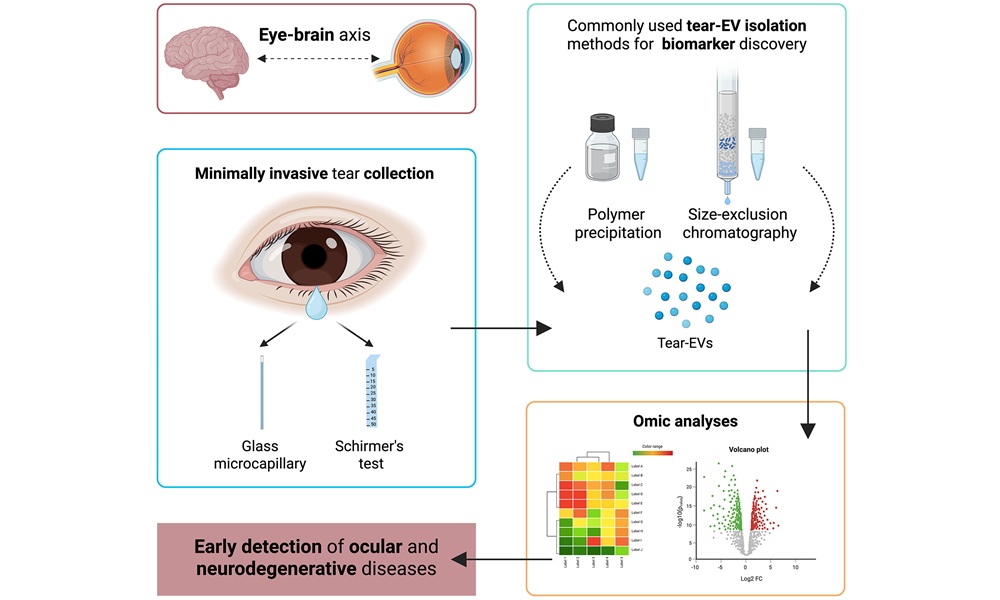
Tears Offer Noninvasive Alternative for Diagnosing Neurodegenerative Diseases
Diagnosing and monitoring eye and neurodegenerative diseases often requires invasive procedures to access ocular fluids. Ocular fluids like aqueous humor and vitreous humor contain valuable molecular information... Read moreTechnology
view channel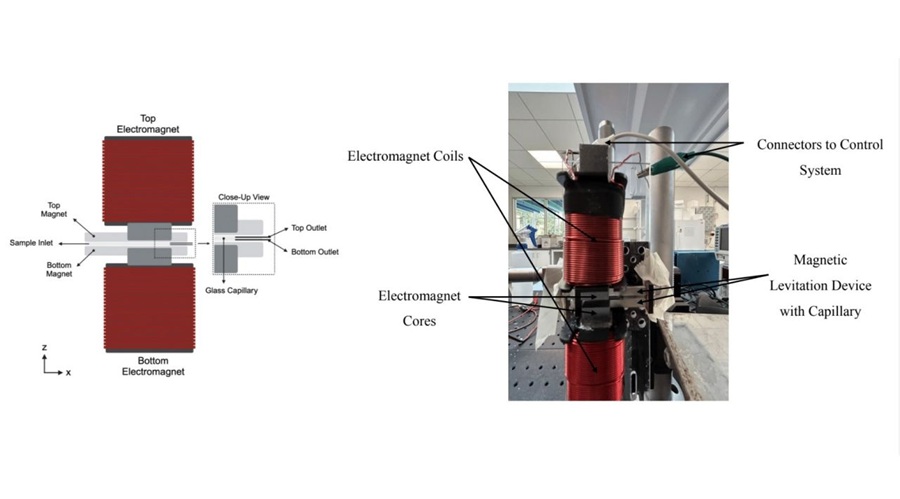
Cell-Sorting Device Uses Electromagnetic Levitation to Precisely Direct Cell Movement
Sorting different cell types—such as cancerous versus healthy or live versus dead cells—is a critical task in biology and medicine. However, conventional methods often require labeling, chemical exposure,... Read more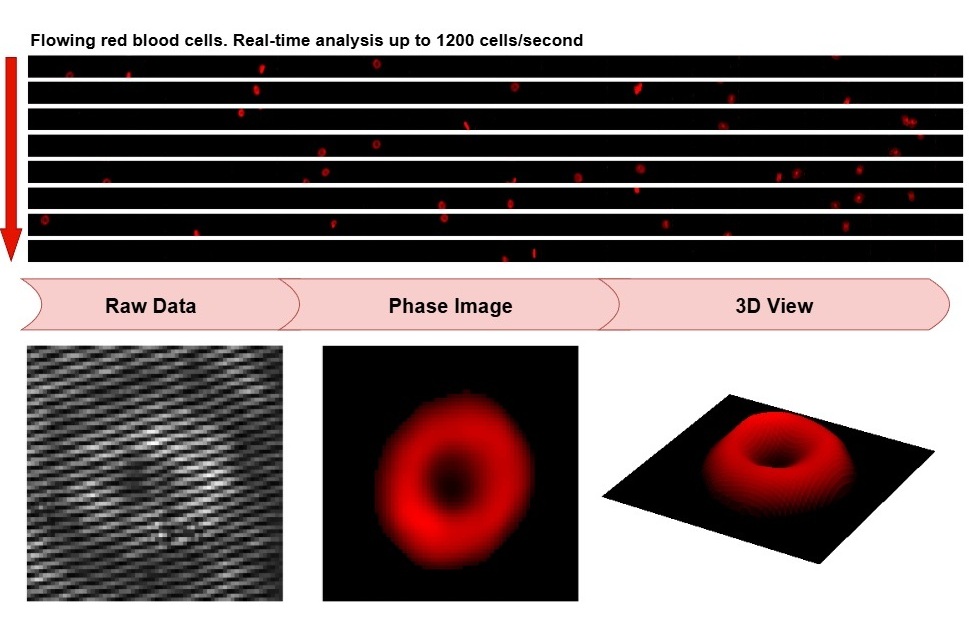
Embedded GPU Platform Enables Rapid Blood Profiling for POC Diagnostics
Blood tests remain a cornerstone of medical diagnostics, but traditional imaging and analysis methods can be slow, costly, and reliant on dyes or contrast agents. Now, scientists have developed a real-time,... Read moreIndustry
view channel
Qiagen Acquires Single-Cell Omics Firm Parse Biosciences
QIAGEN (Venlo, Netherlands) has entered into a definitive agreement to fully acquire Parse Biosciences (Seattle, WA, USA), a provider of scalable, instrument-free solutions for single-cell research.... Read more
Puritan Medical Products Showcasing Innovation at AMP2025 in Boston
Puritan Medical Products (Guilford, ME, USA), the world’s most trusted manufacturer of swabs and specimen collection devices, is set to exhibit at AMP2025 in Boston, Massachusetts, from November 11–15.... Read more
Advanced Instruments Merged Under Nova Biomedical Name
Advanced Instruments (Norwood, MA, USA) and Nova Biomedical (Waltham, MA, USA) are now officially doing business under a single, unified brand. This transformation is expected to deliver greater value... Read more